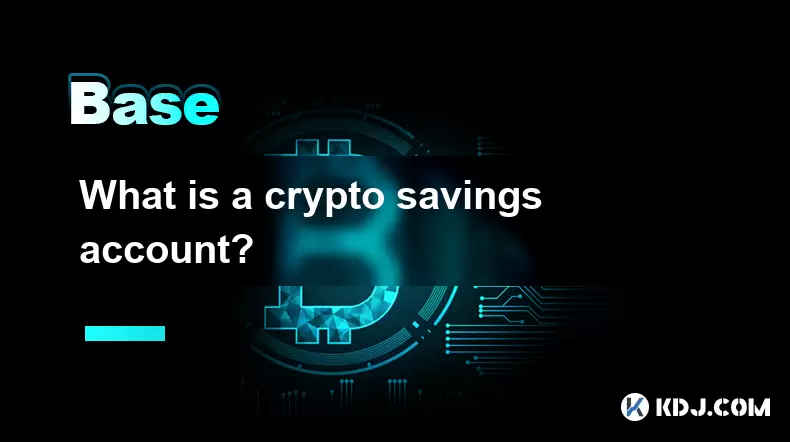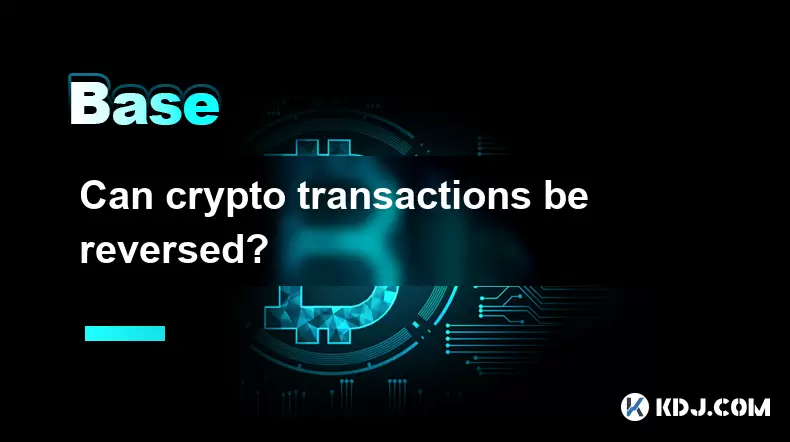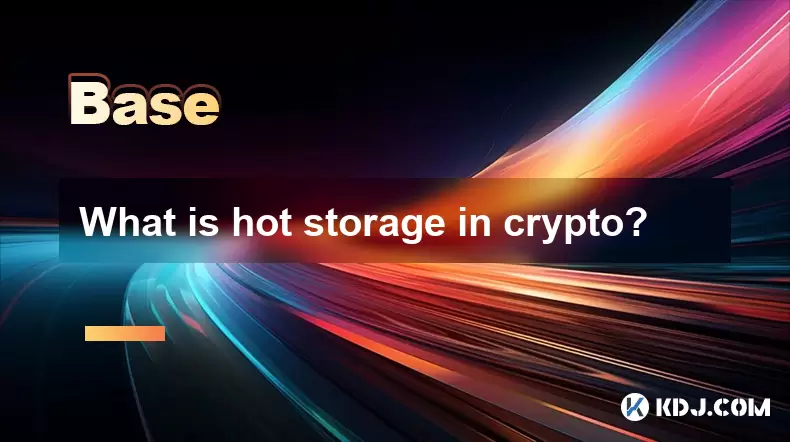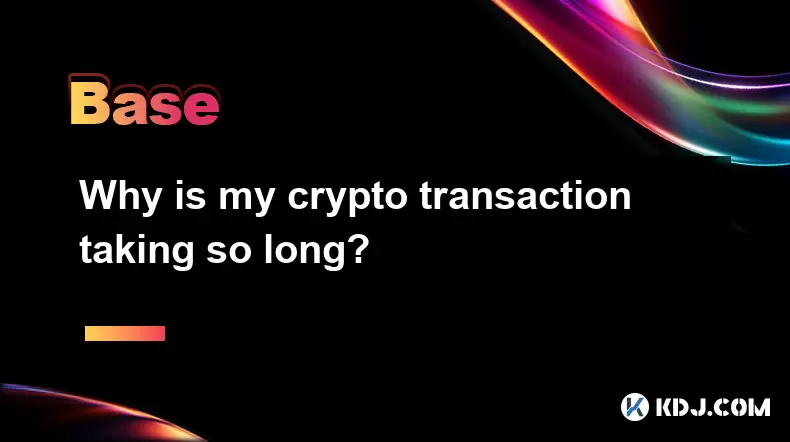-
 Bitcoin
Bitcoin $119300
2.40% -
 Ethereum
Ethereum $4254
-0.20% -
 XRP
XRP $3.184
-1.38% -
 Tether USDt
Tether USDt $1.000
0.00% -
 BNB
BNB $803.9
0.58% -
 Solana
Solana $183.1
1.50% -
 USDC
USDC $0.0000
0.01% -
 Dogecoin
Dogecoin $0.2339
-2.87% -
 TRON
TRON $0.3384
0.88% -
 Cardano
Cardano $0.8018
-0.29% -
 Hyperliquid
Hyperliquid $45.13
3.14% -
 Chainlink
Chainlink $22.10
0.96% -
 Stellar
Stellar $0.4439
-0.94% -
 Sui
Sui $3.875
-0.73% -
 Bitcoin Cash
Bitcoin Cash $570.7
0.24% -
 Hedera
Hedera $0.2589
-2.90% -
 Ethena USDe
Ethena USDe $1.001
-0.01% -
 Avalanche
Avalanche $23.83
-1.73% -
 Litecoin
Litecoin $123.8
2.61% -
 Toncoin
Toncoin $3.351
-1.13% -
 UNUS SED LEO
UNUS SED LEO $9.103
1.13% -
 Shiba Inu
Shiba Inu $0.00001356
-1.40% -
 Uniswap
Uniswap $10.93
-0.19% -
 Polkadot
Polkadot $4.057
-1.97% -
 Dai
Dai $1.000
0.01% -
 Cronos
Cronos $0.1646
4.66% -
 Ethena
Ethena $0.7974
8.11% -
 Pepe
Pepe $0.00001208
-2.89% -
 Bitget Token
Bitget Token $4.445
-1.70% -
 Monero
Monero $268.8
-2.00%
What is a crypto savings account?
A crypto savings account lets you earn interest on digital assets by lending or staking them via DeFi protocols or centralized platforms.
Aug 11, 2025 at 01:15 pm

Understanding the Concept of a Crypto Savings Account
A crypto savings account is a financial product offered by various cryptocurrency platforms that allows users to deposit their digital assets and earn interest over time. Unlike traditional savings accounts operated by banks, these accounts are typically managed by decentralized finance (DeFi) protocols or centralized crypto lending platforms. The core mechanism involves users lending their cryptocurrencies to the platform, which then uses these assets for activities such as lending to borrowers, providing liquidity to trading pairs, or staking in blockchain networks. In return, depositors receive periodic interest payments, usually denominated in the same cryptocurrency they deposited or in a stablecoin. This model leverages the programmable nature of blockchain technology to automate interest accrual and distribution.
How Crypto Savings Accounts Generate Returns
The returns in a crypto savings account stem from the economic activity generated by the platform using deposited assets. When users deposit cryptocurrencies like Bitcoin (BTC), Ethereum (ETH), or stablecoins such as USDT or USDC, the platform may deploy these funds in several ways:
- Lending to margin traders on crypto exchanges who borrow assets to leverage their positions.
- Providing liquidity to decentralized exchanges (DEXs) where assets are used in automated market maker (AMM) pools.
- Staking in proof-of-stake (PoS) blockchains, where coins are locked to support network validation and earn staking rewards.
- Yield farming strategies that involve moving assets across different DeFi protocols to maximize returns.
The interest rate offered depends on the demand for borrowing, the risk profile of the strategy, and the platform’s fee structure. Rates can be fixed, variable, or tiered based on the amount deposited and lock-up duration.Types of Crypto Savings Accounts
Crypto savings accounts come in different forms, each with distinct features and risk levels: - Flexible savings accounts allow users to deposit and withdraw funds at any time, with interest calculated daily or hourly. These offer lower rates due to their liquidity.
- Locked or fixed-term accounts require users to commit their assets for a predetermined period—ranging from 7 days to 12 months. In exchange, they receive higher interest rates. Early withdrawal often incurs penalties.
- DeFi-based savings accounts operate through smart contracts on blockchains like Ethereum or Binance Smart Chain. Users interact directly with protocols such as Aave or Compound, where deposited assets earn yield through algorithmic lending mechanisms.
- Centralized exchange savings products are offered by platforms like Binance, Coinbase, or Crypto.com. These are user-friendly but require trust in the custodian to manage funds securely.
Step-by-Step Guide to Opening a Crypto Savings Account
Opening a crypto savings account involves several technical and security-conscious steps: - Choose a reputable platform that offers crypto savings products. Research its track record, audit history, and whether it provides insurance for deposited assets.
- Complete identity verification (KYC) if using a centralized service. This typically involves uploading a government-issued ID and a selfie.
- Deposit cryptocurrency into your exchange or DeFi wallet. For centralized platforms, transfer funds to your account wallet. For DeFi, connect your Web3 wallet like MetaMask.
- Navigate to the savings section of the platform. On Binance, this is under “Earn” > “Savings.” On DeFi protocols, access the “Supply” or “Deposit” function.
- Select the asset and term you wish to deposit. Choose between flexible or locked options based on your liquidity needs.
- Confirm the transaction and monitor your dashboard for interest accrual. In DeFi, gas fees may apply when depositing or withdrawing.
Risks Associated with Crypto Savings Accounts
While crypto savings accounts offer attractive yields, they carry significant risks that users must evaluate: - Smart contract risk applies to DeFi platforms. If the underlying code has vulnerabilities, hackers may exploit it to drain funds. Audits by firms like CertiK or OpenZeppelin reduce but do not eliminate this risk.
- Platform insolvency is a concern with centralized lenders. If the platform mismanages funds or faces a liquidity crisis, users may lose access to their deposits, as seen in the collapses of Celsius and Voyager.
- Market volatility affects non-stablecoin deposits. Even if interest is paid in the same asset, a drop in price can result in nominal gains but real losses.
- Regulatory uncertainty looms over many crypto savings products. Authorities like the U.S. SEC have classified some offerings as unregistered securities, potentially leading to shutdowns or legal actions.
- Impermanent loss may occur in certain DeFi savings strategies that involve liquidity provision, where the value of deposited assets changes relative to each other.
Tax Implications of Earning Interest from Crypto Savings
Interest earned from crypto savings accounts is generally treated as taxable income in most jurisdictions. In the United States, the IRS considers crypto interest as ordinary income, taxed at the recipient’s marginal rate based on the fair market value in USD at the time of receipt. Users must: - Track every interest payment in terms of date, amount, and value in fiat currency.
- Maintain records through wallet transaction histories or platform-generated reports.
- Report income annually on tax returns, even if the interest was reinvested or not withdrawn.
Failure to report can result in penalties. Some platforms issue 1099 forms for users who exceed certain thresholds, but self-reporting is essential regardless.Frequently Asked Questions
Can I lose money in a crypto savings account?
Yes. Despite earning interest, you can lose money due to platform failure, smart contract exploits, or significant price drops in the deposited cryptocurrency. Even stablecoins are not immune to de-pegging risks or custodial failures.Are crypto savings accounts insured?
Most are not insured by government agencies like the FDIC. Some platforms offer private insurance for part of the holdings, but coverage is limited and may exclude certain risks such as hacking due to user error.How often is interest paid in a crypto savings account?
Interest distribution varies. Flexible accounts may pay interest daily, while fixed-term products might disburse at maturity. DeFi protocols often compound interest in real-time, visible through updated token balances.Is there a minimum deposit for a crypto savings account?
Minimums depend on the platform. Some DeFi protocols allow deposits of less than $1 worth of crypto, while centralized platforms may require $10–$100 for certain high-yield products. Always check the specific terms before depositing.
Disclaimer:info@kdj.com
The information provided is not trading advice. kdj.com does not assume any responsibility for any investments made based on the information provided in this article. Cryptocurrencies are highly volatile and it is highly recommended that you invest with caution after thorough research!
If you believe that the content used on this website infringes your copyright, please contact us immediately (info@kdj.com) and we will delete it promptly.
- Shiba Inu's Comeback Trail and the Meme Coin Mania: Can $SHIB Deliver a 12,000x Return?
- 2025-08-11 18:30:11
- Pudgy Penguins, Bitcoin Penguins, and the $22M Meme Coin Mania: A New York Perspective
- 2025-08-11 17:10:11
- Bitcoin L2 Heats Up: SatLayer (SLAY) Lists on KuCoin Amidst Layer-2 Boom
- 2025-08-11 16:50:12
- Ethereum, Coin Market Cap, and Solfart Token: A Wild Ride in the Crypto Universe
- 2025-08-11 17:50:12
- Riding the ETH Wave: GoldenMining's ETH Contracts and the Price Surge
- 2025-08-11 17:55:12
- DOGE, SHIB, and the Crypto Landscape: What's Hot and What's Not
- 2025-08-11 18:01:04
Related knowledge

Can crypto transactions be reversed?
Aug 10,2025 at 01:35am
Understanding the Immutability of Blockchain TransactionsCryptocurrency transactions are built on blockchain technology, which is designed to be immut...

What happens if I forget my crypto wallet password?
Aug 09,2025 at 08:50am
Understanding the Role of a Crypto Wallet PasswordA crypto wallet password serves as a critical security layer that protects access to your digital as...

What is hot storage in crypto?
Aug 11,2025 at 07:08am
Understanding Hot Storage in CryptocurrencyHot storage refers to cryptocurrency wallets that are connected to the internet. Unlike cold storage soluti...

What is the best crypto portfolio tracker?
Aug 10,2025 at 05:08am
Understanding the Role of a Crypto Portfolio TrackerA crypto portfolio tracker is a digital tool designed to help investors monitor the performance of...

Why is my crypto transaction taking so long?
Aug 11,2025 at 11:35am
Understanding Blockchain Network CongestionWhen a crypto transaction is delayed, one of the most common causes is network congestion on the blockchain...

Can you reuse a crypto wallet address?
Aug 08,2025 at 03:49pm
Understanding Wallet Addresses in CryptocurrencyA crypto wallet address is a unique identifier used to send and receive digital assets on a blockchain...

Can crypto transactions be reversed?
Aug 10,2025 at 01:35am
Understanding the Immutability of Blockchain TransactionsCryptocurrency transactions are built on blockchain technology, which is designed to be immut...

What happens if I forget my crypto wallet password?
Aug 09,2025 at 08:50am
Understanding the Role of a Crypto Wallet PasswordA crypto wallet password serves as a critical security layer that protects access to your digital as...

What is hot storage in crypto?
Aug 11,2025 at 07:08am
Understanding Hot Storage in CryptocurrencyHot storage refers to cryptocurrency wallets that are connected to the internet. Unlike cold storage soluti...

What is the best crypto portfolio tracker?
Aug 10,2025 at 05:08am
Understanding the Role of a Crypto Portfolio TrackerA crypto portfolio tracker is a digital tool designed to help investors monitor the performance of...

Why is my crypto transaction taking so long?
Aug 11,2025 at 11:35am
Understanding Blockchain Network CongestionWhen a crypto transaction is delayed, one of the most common causes is network congestion on the blockchain...

Can you reuse a crypto wallet address?
Aug 08,2025 at 03:49pm
Understanding Wallet Addresses in CryptocurrencyA crypto wallet address is a unique identifier used to send and receive digital assets on a blockchain...
See all articles

























































































